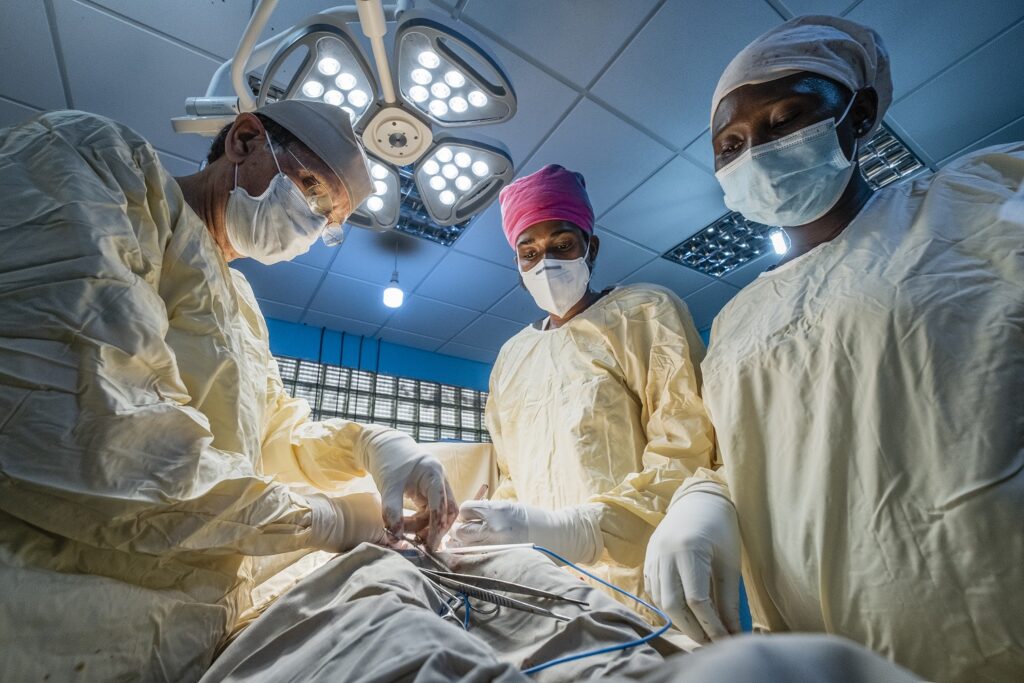EMQ » September–December 2023 » Volume 59 Issue 4

Summary: Ralph Winter describes four stages of development in mission/church relations: pioneer, parent, partner, and finally, participant. These stages can also be applied to mission hospitals particularly as they relate to the roles of expatriate and national medical missionaries. Analyzing these stages can help us discover where mission hospital development is stuck, and how to progress forward.
By Richard Davis, Evelyn Mbugua, Peter Halestrap, Ken Muma, Faith Lelei, and Chege Macharia
Several years ago, a surgeon at our hospital spent time with his mentor’s mentor – a surgeon who was at our hospital in the 1950s and 60s. The old surgeon fondly recalled an operating theater upgrade and the fine tile work he did as part of the upgrade. He was clearly proud of his work and how well it stood the test of time. He asked if the tile was still there? The younger surgeon told him he had no idea.
Currently, our hospital has 13 operating rooms. Neurosurgeons perform skull base and brainstem surgery. Head and neck surgeons perform reconstructive surgeries (known as microvascular free flaps). Orthopedic surgeons implant the same hardware you would receive in London or Los Angeles. Some of these surgeons are Africans and some are expatriate. Not one of us would ever think it was our job to lay tile if it was needed in the operating theatre.
Mission hospitals, their staff, and the roles staff play change over time. There is a normal, natural progression. But what steps does this progression entail, and what should the result be? Mission literature provides parallels we can explore.
Member-Only Access
Evangelical Missions Quarterly (EMQ) is available to Missio Nexus members as a member-only benefit or as a digital subscription.
Please login to gain access or join Missio Nexus!






